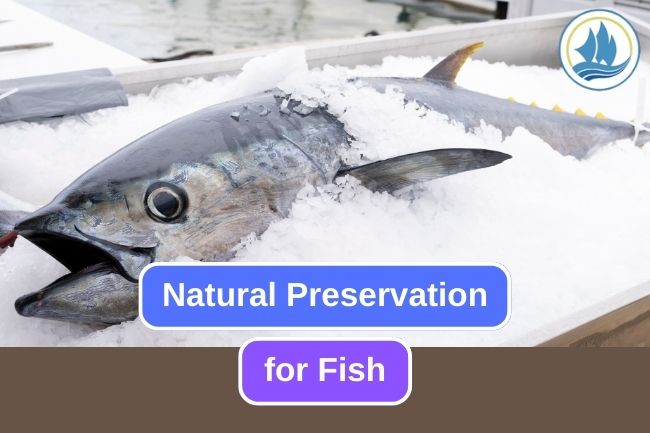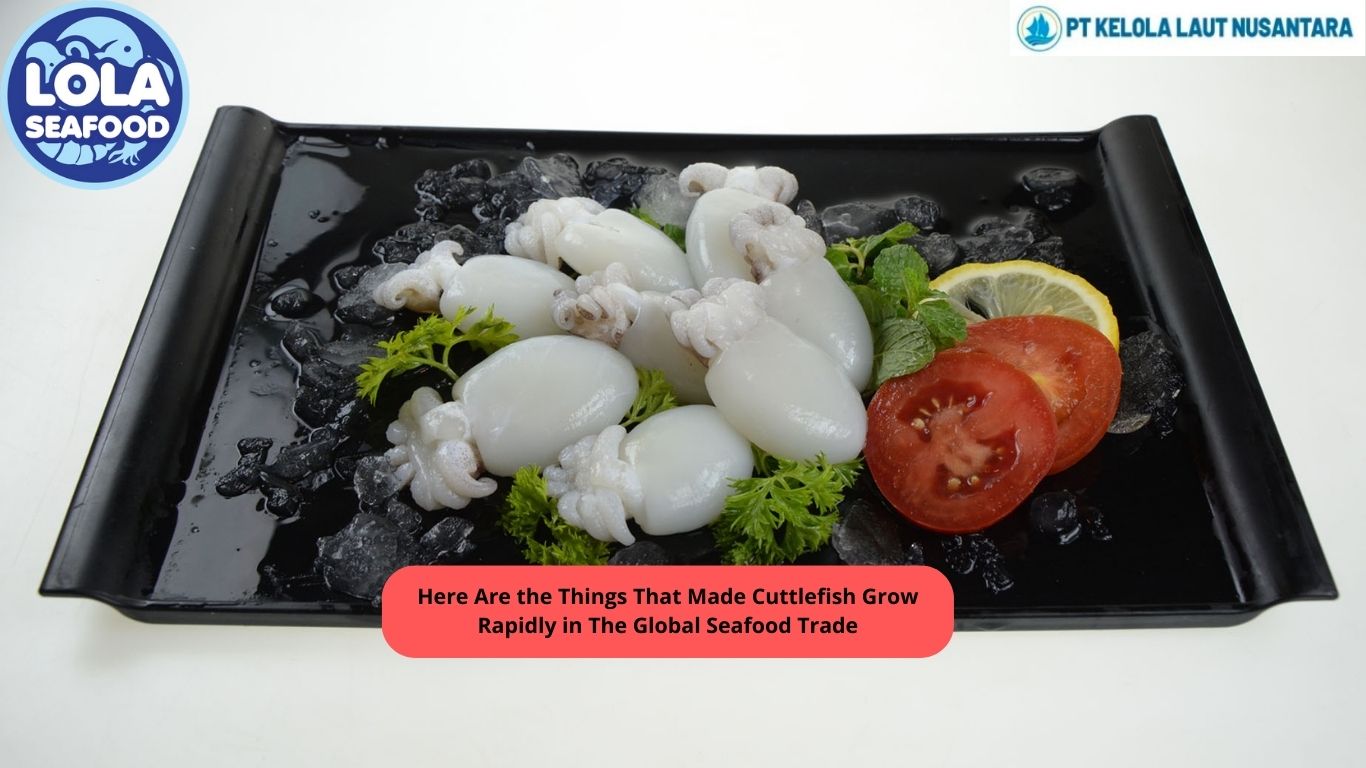Natural Preservation Act to Preserve Fish
By. Nevanda - 29 Sep 2023
kelolalaut.com - Preserving fish naturally can be done through various methods that rely on traditional techniques and the use of natural ingredients. These methods are suitable for home or small-scale preservation. Here are some common natural preservation methods for fish:
1. Salting
Salting is one of the oldest and most effective ways to preserve fish. It works by drawing out moisture from the fish, preventing the growth of bacteria. To salt fish, clean and gut it, then layer it with coarse salt in a container. Store it in a cool, dry place. The amount of salt and time required will depend on the type and size of the fish.
2. Drying
Drying fish removes moisture and inhibits bacterial growth. Air-drying and sun-drying are common methods. To air-dry, hang cleaned and gutted fish in a well-ventilated area. Sun-drying requires direct sunlight and can be done with the help of racks or nets to keep flies away.
Read also: Discovering Low-Fat Fish Varieties for Healthy Diet
3. Smoking
Smoking fish is both a preservation and flavoring method. Cold smoking is typically used for preservation. It involves exposing fish to smoke from smoldering wood chips for an extended period. This process helps to reduce moisture and inhibit bacterial growth.
4. Fermentation
Fermented fish, such as fish sauce or fish paste, is a traditional method of preservation in many cultures. This process involves using salt and enzymes to break down the fish, creating a concentrated and flavorful product. Properly fermented fish can be stored for long periods.
5. Pickling
Pickling fish involves submerging it in a brine made from vinegar, salt, and spices. The acidity of the vinegar preserves the fish and adds flavor. Pickled fish can be stored in jars in a cool, dark place.
6. Canning
Canning fish in jars is another method of preservation. The fish is typically cooked and then sealed in a jar with brine or oil. The heat treatment during canning kills bacteria, and the sealed jars prevent further contamination.
Read also: The Crucial Ecological Roles of Tuna’s
7. Freezing
While not entirely natural, freezing is an effective way to preserve fish. It's essential to clean and package the fish well to prevent freezer burn. The fish can be stored in a deep freezer for an extended period.
8. Use of natural preservatives
Some natural substances, like rosemary, thyme, and bay leaves, have antimicrobial properties and can be used to preserve fish when added as part of the preservation process.
When preserving fish naturally, it's crucial to maintain cleanliness, as any contaminants can compromise the preservation process. The choice of method should depend on the type of fish, your available resources, and the flavor you want to achieve. Additionally, always follow proper safety guidelines to prevent foodborne illnesses and ensure that the preserved fish remains safe to consume.
Read also: This Is How Oyster Spat Been Collected from Marine Habitat
.jpg)
 (1).png)


.jpg)
.jpg)
.jpg)

 (3).png)